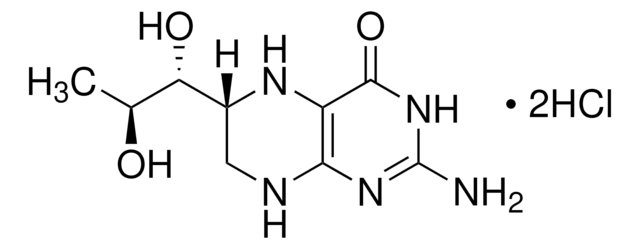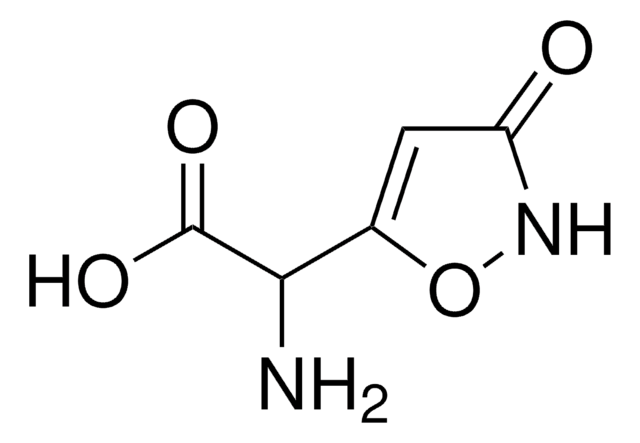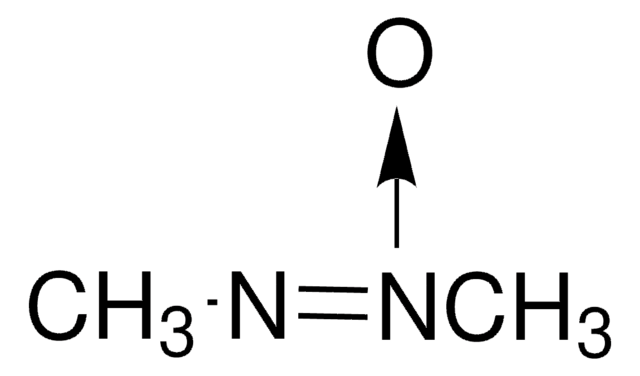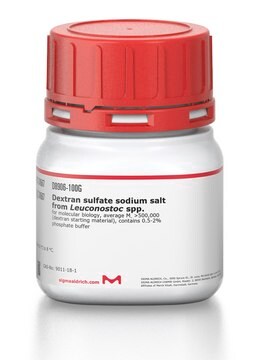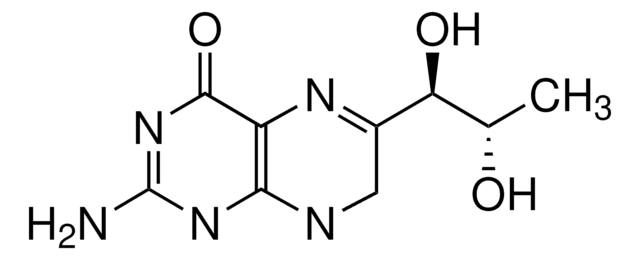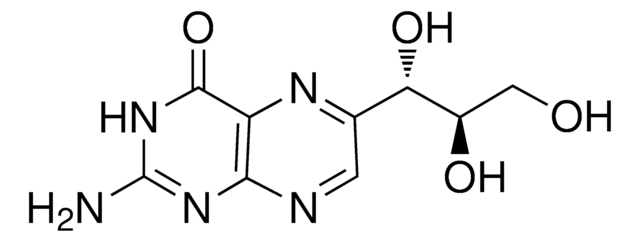M4758
(±)-6-Methyl-5,6,7,8-tetrahydropterine dihydrochloride
~95% (TLC)
Sinónimos:
6-MPH4, DL-2-Amino-4-hydroxy-6-methyl-5,6,7,8-tetrahydropteridine dihydrochloride
About This Item
Productos recomendados
Ensayo
~95% (TLC)
Nivel de calidad
temp. de almacenamiento
−20°C
cadena SMILES
Cl.Cl.CC1CNc2nc(N)nc(O)c2N1
InChI
1S/C7H11N5O.2ClH/c1-3-2-9-5-4(10-3)6(13)12-7(8)11-5;;/h3,10H,2H2,1H3,(H4,8,9,11,12,13);2*1H
Clave InChI
MKQLORLCFAZASZ-UHFFFAOYSA-N
¿Está buscando productos similares? Visita Guía de comparación de productos
Categorías relacionadas
Aplicación
Acciones bioquímicas o fisiológicas
Código de clase de almacenamiento
11 - Combustible Solids
Clase de riesgo para el agua (WGK)
WGK 3
Punto de inflamabilidad (°F)
Not applicable
Punto de inflamabilidad (°C)
Not applicable
Equipo de protección personal
Eyeshields, Gloves, type N95 (US)
Elija entre una de las versiones más recientes:
¿Ya tiene este producto?
Encuentre la documentación para los productos que ha comprado recientemente en la Biblioteca de documentos.
Nuestro equipo de científicos tiene experiencia en todas las áreas de investigación: Ciencias de la vida, Ciencia de los materiales, Síntesis química, Cromatografía, Analítica y muchas otras.
Póngase en contacto con el Servicio técnico